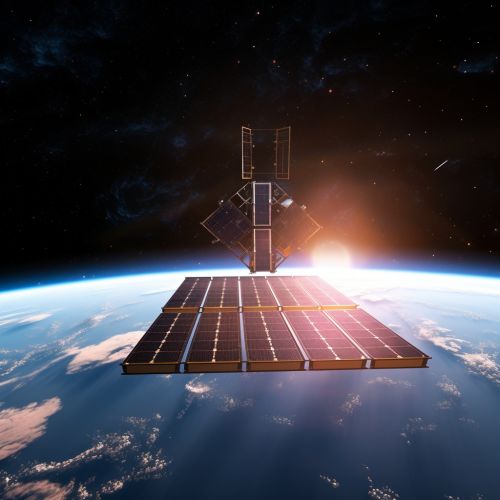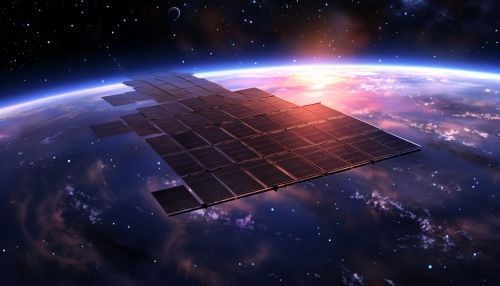Advances in Space-Based Solar Power Systems
Overview
Space-based solar power (SBSP) systems are a form of solar power generation that involves the collection of solar energy in outer space and its transmission to Earth. The concept of SBSP was first proposed by Peter Glaser in 1968 and has since undergone significant advancements in technology and feasibility. The primary advantage of SBSP over terrestrial solar power is the ability to collect solar energy continuously, without the limitations of night, weather, and atmospheric filtering of sunlight.
History and Development
The concept of SBSP has been explored since the mid-20th century, with the first detailed designs appearing in the late 1970s. Early designs focused on the use of geosynchronous orbits and large, rigid solar panels. However, these designs were limited by the high cost of launching and assembling large structures in space.


In the 1980s and 1990s, researchers began to explore alternative designs and technologies. These included the use of lunar solar power, where solar panels would be placed on the Moon and the energy transmitted to Earth, and the use of smaller, more flexible solar panels that could be deployed in large numbers.
Current Technologies
The current state of SBSP technology is characterized by a focus on reducing costs and improving efficiency. This has led to the development of several new technologies and designs.
Wireless Power Transmission
One of the key technologies in SBSP is wireless power transmission (WPT). WPT involves the use of electromagnetic waves, such as microwaves or lasers, to transmit energy from the space-based solar panels to a receiver on Earth.
Solar Panel Technology
Advancements in solar panel technology have also played a significant role in the development of SBSP. Modern solar panels are lighter, more efficient, and more durable than their predecessors, reducing the cost and increasing the feasibility of SBSP.
Orbital Deployment
The deployment of SBSP systems in orbit has also seen significant advancements. Modern designs often involve the use of low Earth orbit (LEO), which reduces the distance the energy must be transmitted and allows for smaller, lighter systems.
Future Prospects
The future of SBSP is largely dependent on continued advancements in technology and reductions in cost. However, there are several areas of potential growth and development.
Increased Efficiency
One of the key areas of future development is in increasing the efficiency of SBSP systems. This could involve improvements in solar panel technology, WPT, or the design and deployment of the systems themselves.
Cost Reduction
Reducing the cost of SBSP is another important area of future development. This could involve advancements in space launch technology, such as reusable rockets, or improvements in the design and manufacture of the systems themselves.
Regulatory and Policy Developments
The future of SBSP will also be influenced by regulatory and policy developments. This could involve the establishment of international agreements on the use of space for power generation, or changes in national energy policies to encourage the use of SBSP.
